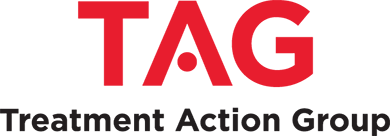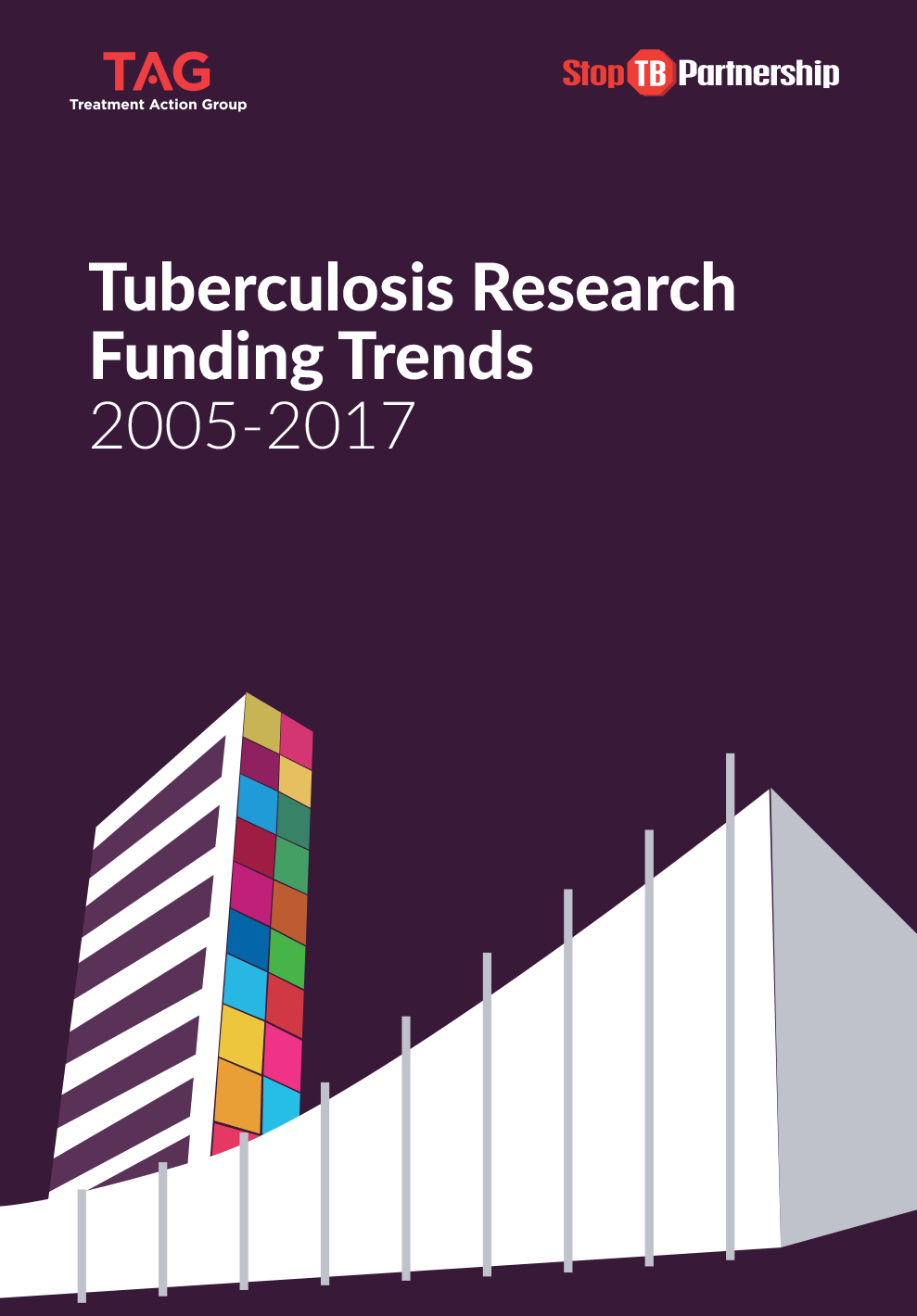Tuberculosis Research Funding Trends 2005 – 2017
December 3, 2018 – Global funding for tuberculosis (TB) research climbed to a previously unreported high of USD $772 million in 2017, according to a report released today by Treatment Action Group (TAG) and the United Nations-hosted Stop TB Partnership. This marks the second year in a row that funding for TB research and development (R&D) exceeded $700 million.
Earlier this year, TAG released preliminary data on TB R&D funding in 2017 in advance of the first-ever United Nations High-Level Meeting on TB, held during the UN General Assembly in September 2018. The full report published today – Tuberculosis Research Funding Trends 2005 – 2017 – provides final tallies of public, philanthropic, private, and multilateral institutions’ contributions to TB research last year.
At the High-Level Meeting on TB, UN member states committed “to mobilize sufficient and sustainable financing” for TB research “with the aim of increasing overall global investments to US$2 billion, in order to close the US$1.3 billion gap in funding annually.” The funding gap cited in this commitment reflects the difference between what the Stop TB Partnership says the world needs to invest in TB R&D from 2016 to 2020 (a total of $9 billion, or about $2 billion per year) and data from TAG showing that, in actuality, the global community only spends about one-third of that amount.
“After years of stagnation, funding for TB research is showing some movement in the right direction, but is still far from the necessary $2 billion per year, so we have to join forces, remain united, and raise our voices and tone and ensure that we close the gap,” commented Lucica Ditiu, executive director of the Stop TB Partnership.
Total global investments in TB research over the past 13 years (2005 to 2017) add up to $7.8 billion. In order to hit $9 billion in funding for the 2016–2020 period, the world will now have to invest almost as much ($7.5 billion) in the three years from 2018 to 2020, since investments in 2016 and 2017 only amounted to $1.5 billion combined. Strictly speaking, meeting the Stop TB Partnership’s target now requires investing $2.5 billion per year, rather than the widely quoted $2 billion.
For this to happen, governments will need to turn the commitments they made at the UN High-Level Meeting into reality—and quickly. “Over 60 percent of TB R&D funding comes from the public sector, so government action is critical,” said Mark Harrington, TAG executive director. “TAG is calling on all governments to step up their investments in TB R&D by contributing their fair share. If each country spent just 0.1% of its overall expenditures on research and development on TB research, we could fill the current funding gap.”
New Zealand, the Philippines, and South Africa laudably met their 0.1% targets in 2017, but most countries did not. Even the United States government, the largest funder of TB R&D globally, must give an additional $135 million annually to satisfy its fair share.
Data in the report come from an annual global survey of TB research funders conducted by TAG with support from the Stop TB Partnership. The survey, now in its 13th year, is the longest running and most comprehensive record of global funding for TB research. This year’s report was written by Marcus Low, editor of Spotlight magazine and former head of policy at Treatment Action Campaign, and edited by TAG’s Mike Frick.

